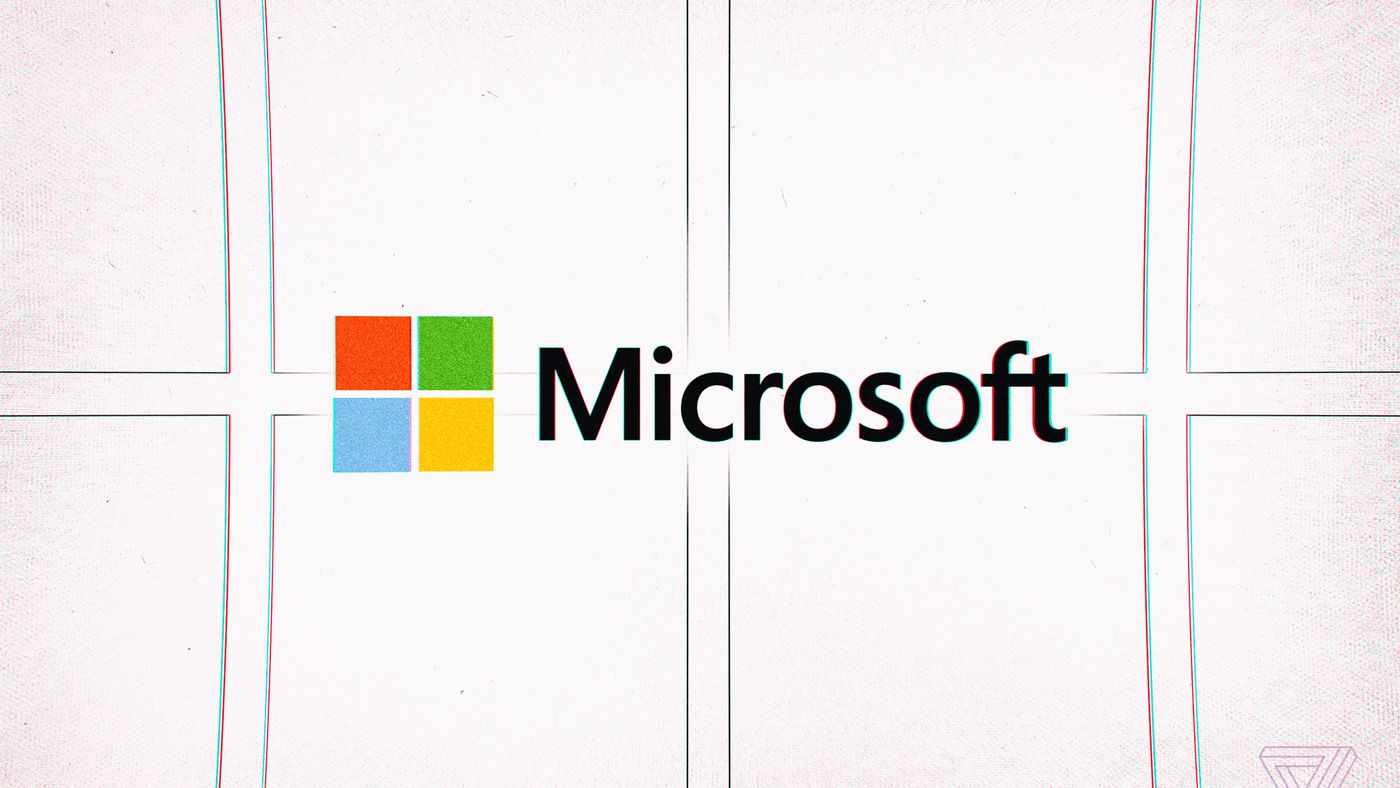5 Steps to avoid Cyber Fraud
Being secure online is more crucial than ever since Microsoft disclosed a vulnerability with its Microsoft Support Diagnostic Tool (MDST).
When MSDT is called using the URL protocol from a calling programme like Word, it has a remote code execution vulnerability. This means, in plain English, that you may get an email with a link or attachment that belongs to an attacker. In the context permitted by the user's permissions, the attacker can then instal applications, read, modify, or remove data, or establish new accounts. This is the epitome of online scam!
Describe cyber scam.
There are two primary categories of online fraud:
The other utilises the computer to obtain your personal information whereas the first attacks the computer directly (for instance, by infecting it with malware or viruses) (for example by hacking emails, passwords and other secured data).
Both sorts of cyber fraud are a concern to organisations because they might endanger the personal information you have about your clients and your capacity to carry on operating if your systems are hacked and infected with viruses.



0 Comments On this Blog